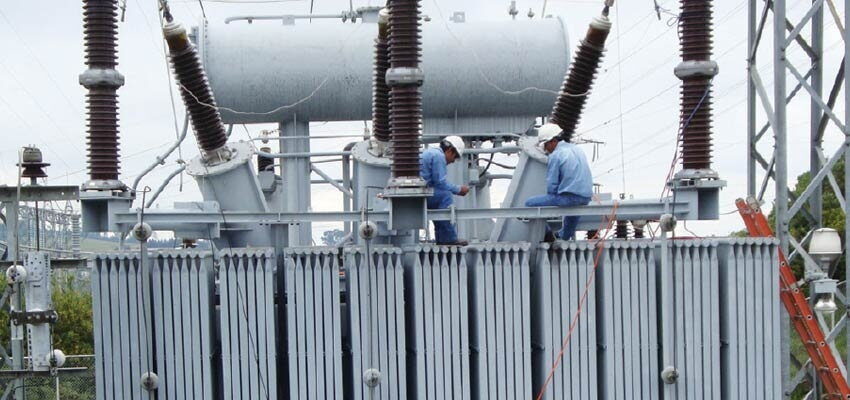
Transformer turns ratio testers: Who needs them?
Abstract In principle, measuring the ratio of a transformer is a straight-forward task – connect an AC supply to the transformer and measure the voltages...
byMegger

Abstract
In principle, measuring the ratio of a transformer is a straight-forward task – connect an AC supply to the transformer and measure the voltages on the primary and secondary. In reality, this simplified approach is not acceptable with respect to accuracy, safety, and ease of use. A better instrument is required – a dedicated TTR test set.
Keywords: TTR, turn ratio, accuracy
Generally, measuring the ratio of a transformer can be done with no more than a suitable AC source and two multimeters. So why would anyone spend money on a dedicated transformer turns ratio (TTR) test set? There are some very good reasons, as we’ll shortly discover.
Ratio testing considerations
When testing transformers for ratio, we must consider the following:
- time taken for measurements
- time required to connect test leads (especially on large transformers)
- the safety steps required to connect the leads and perform the testing
- the skill level required to perform the testing in an accurate, repeatable method
- the value of the information provided by the testing to the reliable and continued operation of the transformer
For the investment of time and resources as required above, the transformer must be of sufficient value, either in system importance or its cost to replace. Results need to provide useful information that confirms proper operation until the next maintenance interval. If a transformer is being tested because a breaker has tripped (system fault), the results are of critical value because they are used to determine or confirm the existence of a problem within the transformer.
Inconvenient/Time consuming
The deceptively simple description for transformer ratio testing given above applies only to single-phase transformers. When testing three-phase transformers, the situation become more complicated.
First, it is only possible to test on a phase-by-phase basis, which means that the meters and the power source will need to be connected and reconnected often. Alternatively, if a three-phase supply is available, it might be possible to speed up testing by using six multimeters, but few test engineers are likely to have so many multimeters readily on hand. In any case, a test set up using six+ instruments is certain to be cumbersome and unwieldy.
Second, depending of the configuration of the transformer, calculations may be needed to convert the meter readings into useful results. Since each transformer could require a different calculation, it would be up to the engineer to ensure the proper calculation is used, and the result obtained is correct. In addition, testing and calculating with such basic equipment is even more complicated if the transformer has multiple taps.







